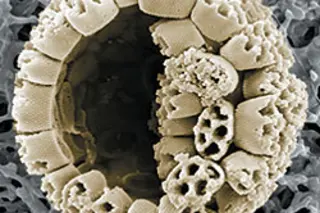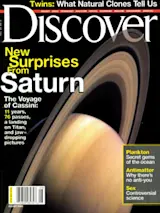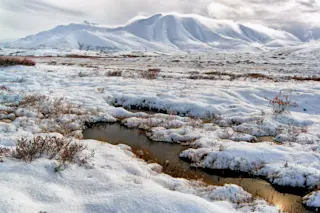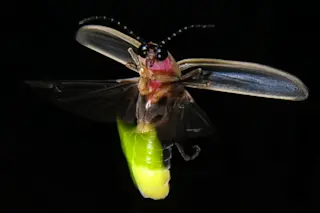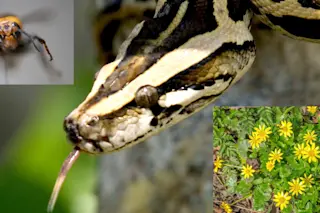When 19th-century British biologist Thomas Henry Huxley first put seafloor mud under a microscope, he found tiny round and oval particles in abundance. Not knowing what they were, he dubbed them coccoliths, based on the Greek words for “seed” and “stone.” Only later would scientists learn that coccoliths are calcite plates that surround some species of phytoplankton like armor. Today, more than 100 years after Huxley, teams of researchers are still unraveling the role phytoplankton play in creating the air we breathe, the food we eat, the fuel we burn, even the ground we walk on.
Phytoplankton can be found floating in just about every ocean, lake, and river in the world. But scientists are looking mostly at saltwater species, which, taken together, may have influenced life on Earth more than any other group of organisms. Plankton are literally at the bottom of the food chain, a source of nourishment ...


